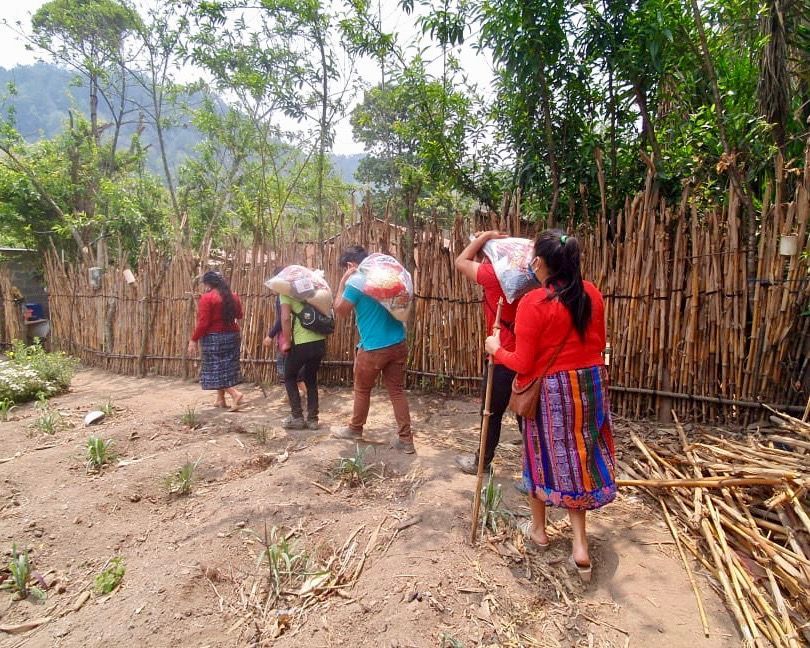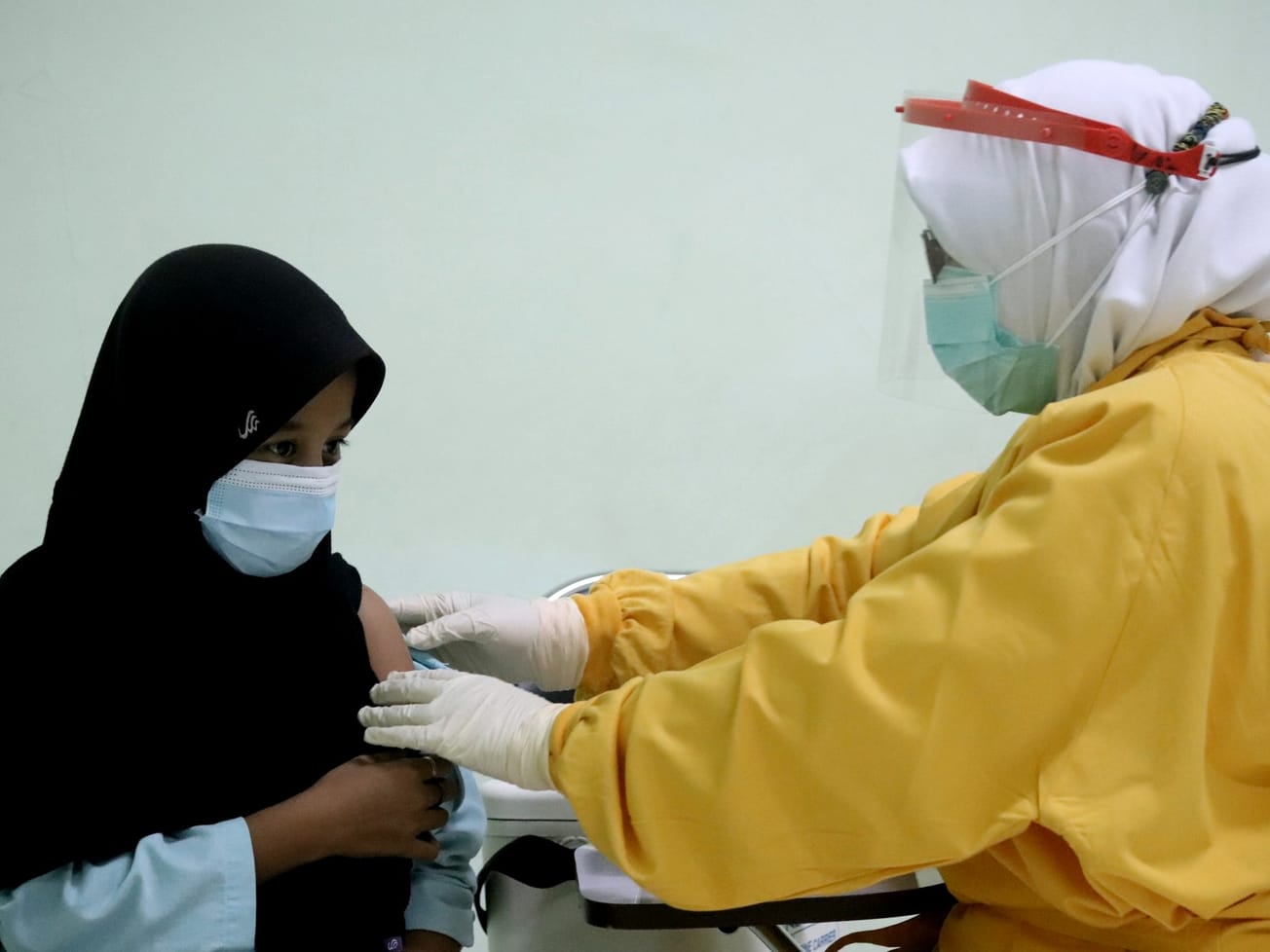GENEVA (AN) — World hunger "shot up" during the coronavirus pandemic leaving nearly 1-in-10 people undernourished mostly in Asia, Africa, Latin America and the Caribbean, five U.N. agencies reported on Monday.
Hunger afflicted 9.9% of the world's 7.8 billion population in 2020, up from 8.4% a year earlier, with "much of it likely related to the fallout of COVID-19," according to the Food and Agriculture Organization, International Fund for Agricultural Development, UNICEF, World Food Program and World Health Organization.







